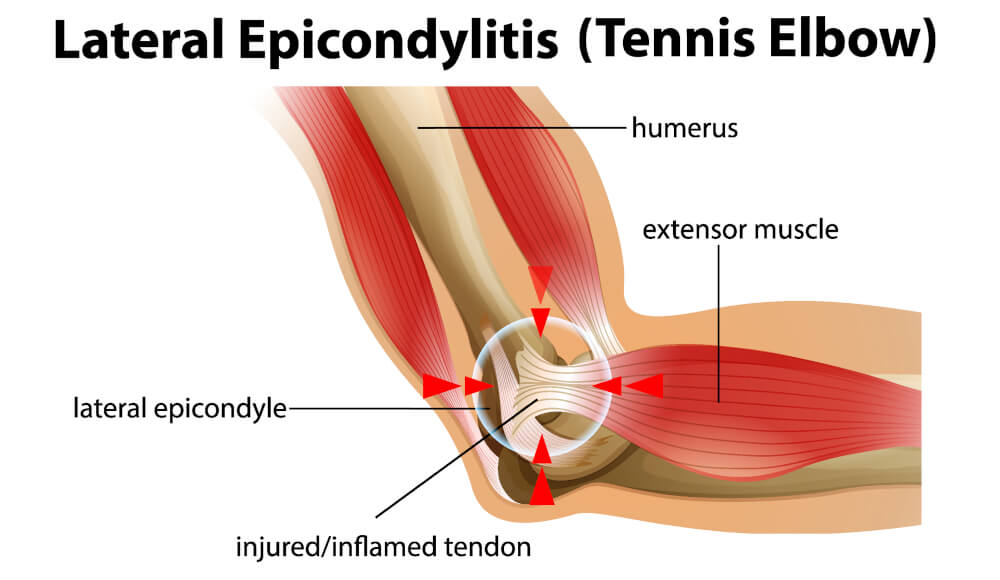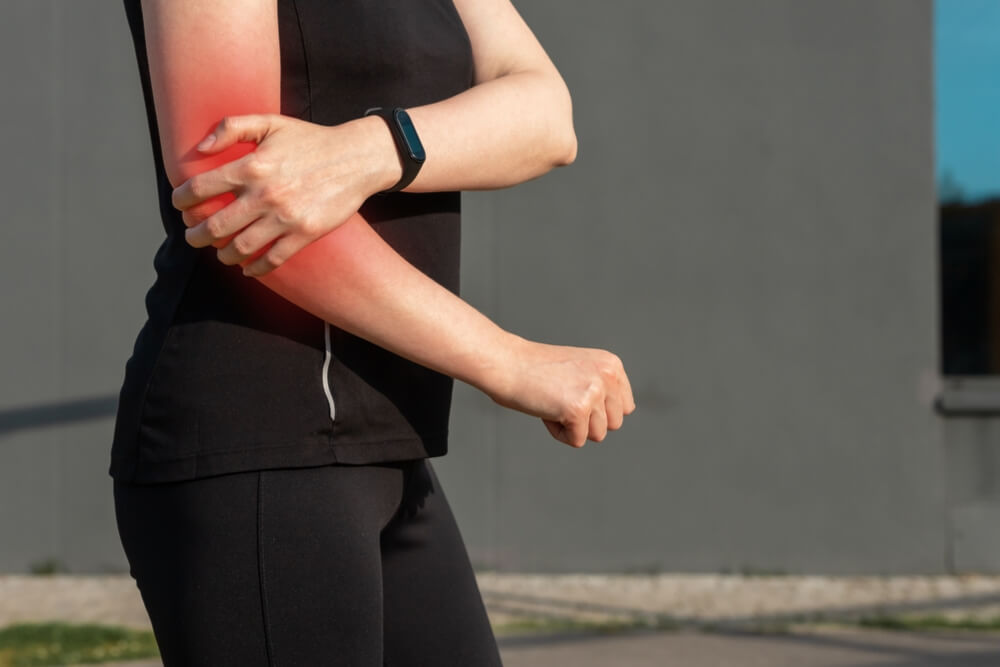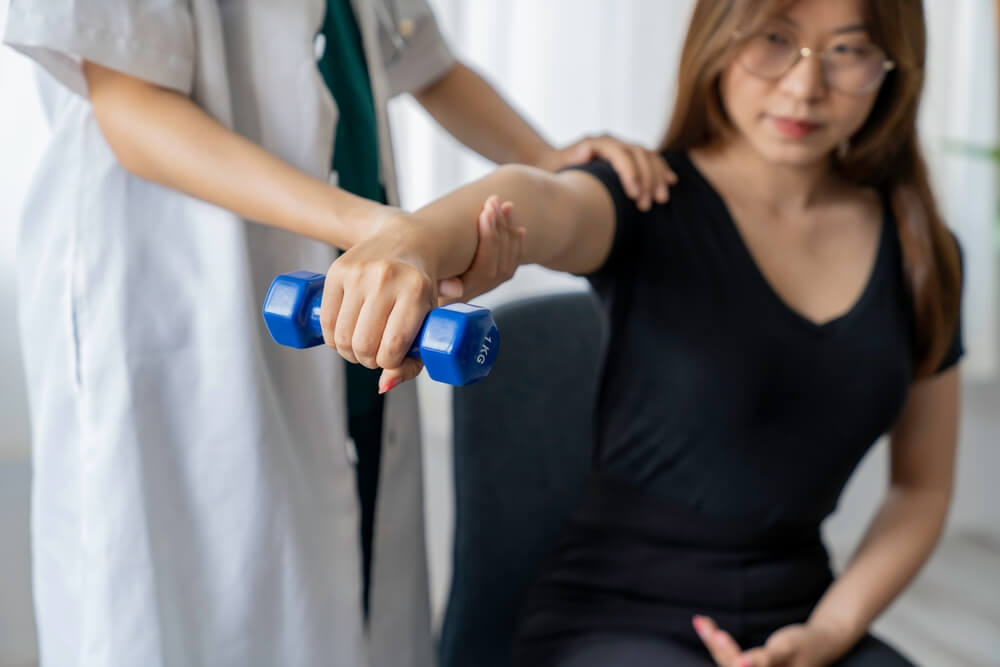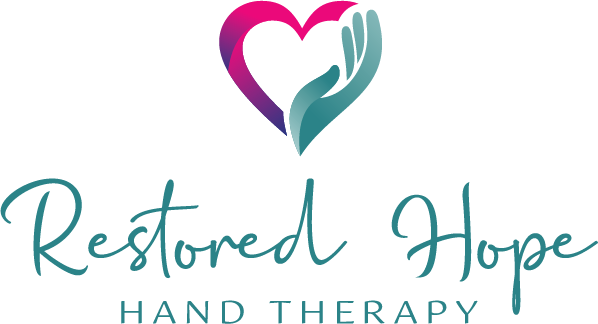Tennis Elbow
Home » Treatment » Arm & Elbow » Tennis Elbow
What is Tennis Elbow?
Tennis elbow, medically known as lateral epicondylitis, is a common and painful condition that affects the outer part of the elbow. Despite its name, tennis elbow is not limited to tennis players and can affect individuals who repeatedly uses their forearm muscles, including those who engage in repetitive arm and wrist movements, like golfers. This condition primarily results from overuse and strain on the tendons in the forearm, leading to inflammation, pain, and limited mobility.
If you have a question about whether your condition should be treated by one of our hand therapists, call Restored Hope Hand Therapy at (928) 275-2201.

Understanding the Anatomy
To comprehend tennis elbow, it’s essential to grasp the anatomy of the elbow and the structures involved. The elbow joint consists of three major bones: the humerus (upper arm bone), the ulna (forearm bone on the inner side), and the radius (forearm bone on the outer side). The tendons and muscles that control the wrist and fingers are attached to the bony prominence on the outer part of the elbow called the lateral epicondyle. These tendons are involved in gripping and wrist extension.
Causes & Risk Factors
Tennis elbow is primarily caused by the repetitive and forceful use of the forearm muscles and tendons. Activities that involve gripping, twisting, or repetitive arm movements can strain the tendons, leading to microtears and eventually the development of symptoms. Some common activities and risk factors associated with tennis elbow include:
- Sports: While tennis may have popularized the term, many other sports, such as racquetball, squash, and golf, involve repetitive arm and wrist movements that can lead to this condition.
- Occupational Factors: Jobs or professions that require repetitive hand and wrist movements, such as carpentry, plumbing, painting, and typing, can increase the risk of developing tennis elbow.
- Age: Tennis elbow is more common in individuals between the ages of 30 and 50, but it can affect people of all ages.
- Poor Technique: Using improper equipment or poor technique in sports or other activities can increase the risk of developing this condition.
- Overexertion: Overexertion or excessive force applied to the forearm and wrist muscles can also contribute to the development of tennis elbow.

Symptoms
The most prominent symptom of tennis elbow is pain and tenderness on the outer part of the elbow, specifically near the lateral epicondyle. The pain may radiate down the forearm and worsen with activities that involve gripping, lifting, or twisting motions. Other common symptoms include:
- Weakness in the affected arm, particularly when gripping objects.
- Stiffness in the elbow joint, which may limit the range of motion.
- Difficulty in performing everyday tasks, such as turning a doorknob or shaking hands.
- Worsening pain when trying to extend or lift the wrist.
How Is It Diagnosed?
Diagnosing tennis elbow typically involves a medical history and physical examination. Your healthcare provider will inquire about your symptoms, activities, and potential risk factors. They may also perform specific tests to assess your grip strength and range of motion. In some cases, imaging studies like X-rays or MRI scans may be ordered to rule out other conditions that could be causing similar symptoms.

Treatment
Hand therapists at Restored Hope Hand Therapy play a crucial role in the treatment of tennis elbow by providing specialized care and rehabilitation for the affected hand, wrist, and forearm. Our goal is to help patients reduce pain, regain strength, and improve their overall hand and arm function. We employ various techniques and interventions to treat tennis elbow effectively, and any individualized treatment plan may include some of the following:
- Assessment and Diagnosis: We begin by assessing the patient’s condition, including the extent of pain, loss of function, and specific limitations. We will take a thorough medical history, including details about the onset of symptoms and any relevant activities or factors that may contribute to tennis elbow.
- Education: A crucial component of hand therapy for tennis elbow is patient education. Educating patients about the condition, its causes, and the importance of adhering to the treatment plan is important. We may also provide guidance on activity modification and ergonomic improvements to reduce strain on the affected arm.
- Activity Modification: We often recommend modifying or avoiding activities that exacerbate the condition. Sometimes we help patients identify specific movements and behaviors that contribute to their symptoms and suggest alternatives or adjustments to reduce strain on the tendons.
- Range of Motion Exercises: Gentle range of motion exercises may be incorporated to prevent stiffness in the elbow and maintain or improve flexibility. These exercises help in maintaining the normal joint motion of the elbow and wrist.
- Strengthening Exercises: Strengthening exercises play a significant role in rehabilitating tennis elbow. We guide patients through exercises that target the muscles and tendons of the forearm. These exercises may involve the use of resistance bands, weights, or specialized equipment to progressively build strength and endurance.
- Manual Therapy: Sometimes we employ manual techniques such as soft tissue mobilization, massage, and myofascial release to reduce muscle tension and promote healing in the affected area.
- Modalities: Modalities like heat, cold therapy, ultrasound, or electrical stimulation may be used to manage pain and inflammation in the early stages of treatment.
- Joint Mobilization: In some cases, joint mobilization techniques may be used to improve the mobility of the wrist, elbow, and surrounding joints. These techniques can help relieve pain and restore normal joint function.
- Taping and Splinting: We may apply kinesiology tape or custom-made splints to support the affected area and reduce strain on the tendons. These aids can be particularly beneficial in providing stability during daily activities and promoting healing.
- Activity-Specific Training: Depending on the patient’s specific needs and goals, we may provide specialized training to address the demands of particular activities or sports. This may include instruction on proper technique and ergonomic adjustments.
- Functional and Work-Specific Rehabilitation: For individuals with physically demanding jobs or athletes, we can focus on tailoring rehabilitation programs to their specific needs, ensuring a successful return to work or sports.
- Home Exercise Program: At Restored Hope, we often design a personalized home exercise program that patients can perform between therapy sessions to reinforce progress and maintain gains in strength and flexibility.
- Progress Monitoring: We continuously assess the patient’s progress and adjust the treatment plan as needed. They may use outcome measures to track changes in pain levels, function, and strength.
Preventing Tennis Elbow
Preventing tennis elbow involves taking precautions and using proper techniques in activities that involve repetitive arm and wrist movements. Some tips to reduce the risk of developing this condition include:
- Using appropriate equipment and ensuring it is well-maintained.
- Practicing good form and technique in sports and activities.
- Taking regular breaks during repetitive tasks to rest the forearm and wrist muscles.
- Engaging in exercises to strengthen the forearm muscles.
- Using proper ergonomics and equipment in the workplace to reduce strain on the tendons.
Preventing tennis elbow involves proper technique and equipment use in activities that involve repetitive arm and wrist motions. If you suspect you have tennis elbow or experience persistent elbow pain, it’s essential to seek medical advice for a proper diagnosis and treatment plan at Restored Hope Hand Therapy.
Arm & Elbow Therapy Options
individualized-specific therapy programs to offer you the best possible results.
Arm & Elbow
- Capitellum Injuries
- Distal Biceps Tendon Injuries
- Elbow Dislocations
- Elbow Fractures
- Golfer's Elbow
- Ligament Sprains or Tears
- Little League Elbow Syndrome
- Olecranon (Elbow) Bursitis
- Osteoarthritis
- Radial Head Injuries
- Sprains & Strains
- Tendonitis
- Tennis Elbow
- Ulnar Collateral Ligament Injuries

